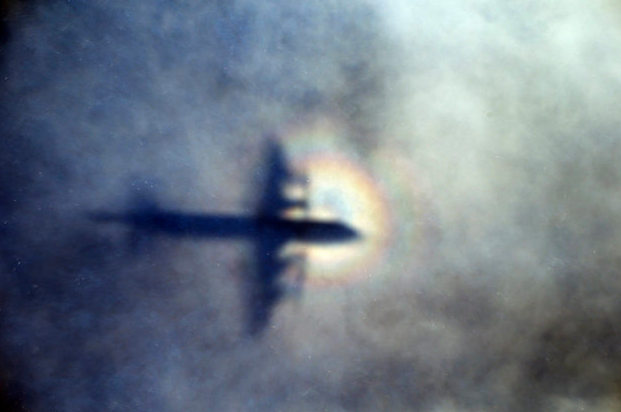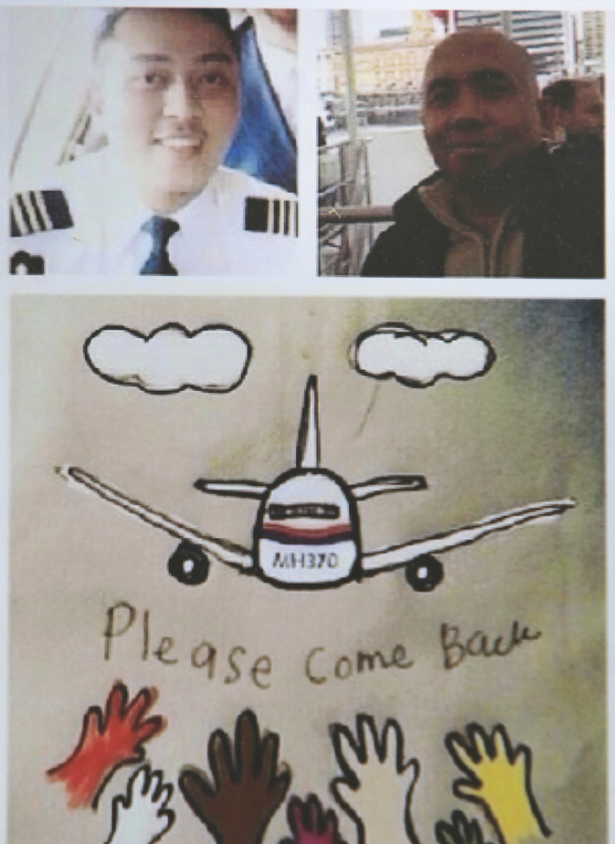An intriguing new theory into the disappearance of Malaysia Airlines flight MH370 has suggested it was an act of heroism rather than a hijacking, which sent the aircraft off course and into the ocean.
In an online thesis, Australian aviation enthusiast Michael Gilbert posits the theory Captain Zaharie Shah deliberately steered the plane – which had suffered an on board fire - off course to avoid a densely populated city, thus saving lives.

The Beijing-bound Boeing 777 aircraft went missing on 8 March 2014 with 239 people on board.
Based on the research of maintenance records and previous accidents, Gilbert surmises a windshield heater fire could have triggered the Boeing 777’s turn off course in an attempt to divert to an airport in Penang, with evidence of an oxygen leak in the cockpit causing the blaze to intensify quickly.
Faulty windshield heaters have previously caused fires forcing aircraft to divert to nearby airports.
What’s more, Gilbert explains: “A windshield heater fire can explain both the loss of the transponder signal and the interruption to the satellite communications link.”
The subsequent failure of the windshield would have extinguished the fire but also caused a rapid depressurisation.
Gilbert adds: “Within 20-25 minutes of the depressurisation event, 5-10 minutes before reaching Penang, almost everybody on board would have been dead.”
But Gilbert believes one of the pilots survived the fire and depressurisation event because they were wearing breathing apparatus, or possibly because they were outside the cockpit retrieving an extra fire extinguisher when the windshield failed.

Gilbert writes: “On approaching Penang the surviving pilot would have come to the realisation that he had no means of communication; radio communication panel keypads, microphones and headsets would have been burned or melted by the fire.
“The pilot would have also realised that there was no reasonable chance of manually flying the airplane; he had no instruments, it was night, there was no moon, he could only occupy the cockpit for short periods of time and oxygen supplies were dwindling. Any attempt to take manual control of the airplane would almost invariably end with loss of control and there would be no guarantee that he could re-engage the autopilot if he disengaged it.
Gilbert points out that just off the starboard wing was Penang, with its population of 1.65million people and that immediately ahead lay the Strait of Malacca, the world’s second busiest shipping lane.

“Given the situation I believe that the pilot then elected to do what many pilots in stricken airplanes have done in the past; steer it clear of populated areas.”
According to Gilbert’s theory, the surviving pilot will have been exposed to -30C temperatures for over an hour and would have been suffering from hypothermia, when he decided to simply point the airplane in the safest possible direction, before succumbing to hypoxia himself.
Gilbert believes MH370 eventually ran out of fuel and came down around 200km north of the search area highlighted by the Australian Transport Safety Bureau (ATSB).
Safety consultant Captain John Cox, who personally believes Shah hijacked his own aircraft, told the Daily Telegraph: “Like many theories, I think he has overrun the evidence.
“But it is worth considering because Mr Gilbert is meticulous in his research.”
The theory comes as the ATSB released fresh findings that suggest no one was controlling the plane when it plunged into the ocean.
It tallies with Gilbert’s thesis of the plane being on autopilot when it eventually ran out of fuel and crashed into the sea. The report adds that an analysis of the wing flap that washed ashore in Tanzania indicates it was not deployed when it broke off the plane. A pilot would typically extend the flaps during a controlled ditching.
More than 20 items of debris suspected or confirmed to be from the plane have washed ashore on coastlines throughout the Indian Ocean.
But a deep-sea sonar search for the main underwater wreckage has found nothing. Crews are expect to complete their sweep of the 120,000-square kilometer (46,000-square mile) search zone by early next year and officials have said there are no plans to extend the hunt unless new evidence emerges that would pinpoint a specific location of the aircraft.

